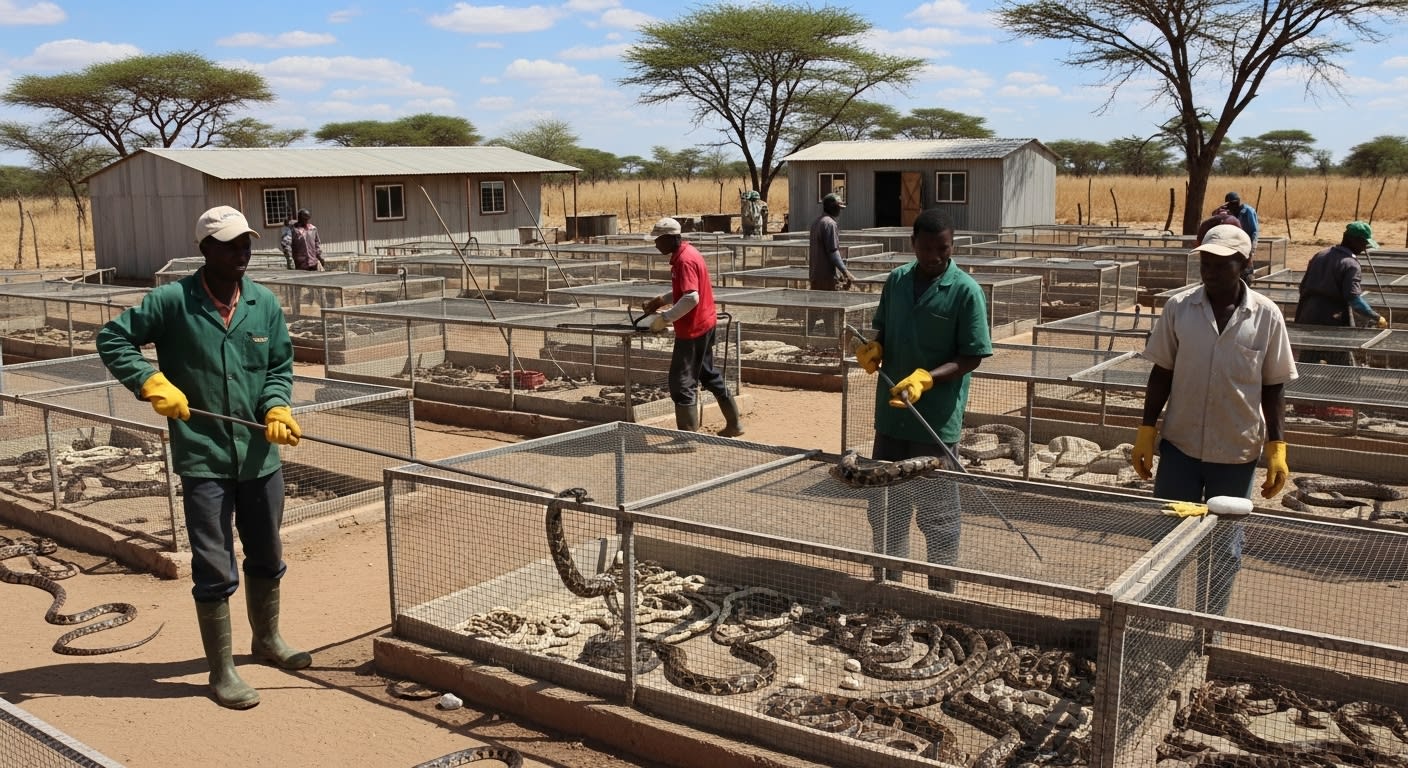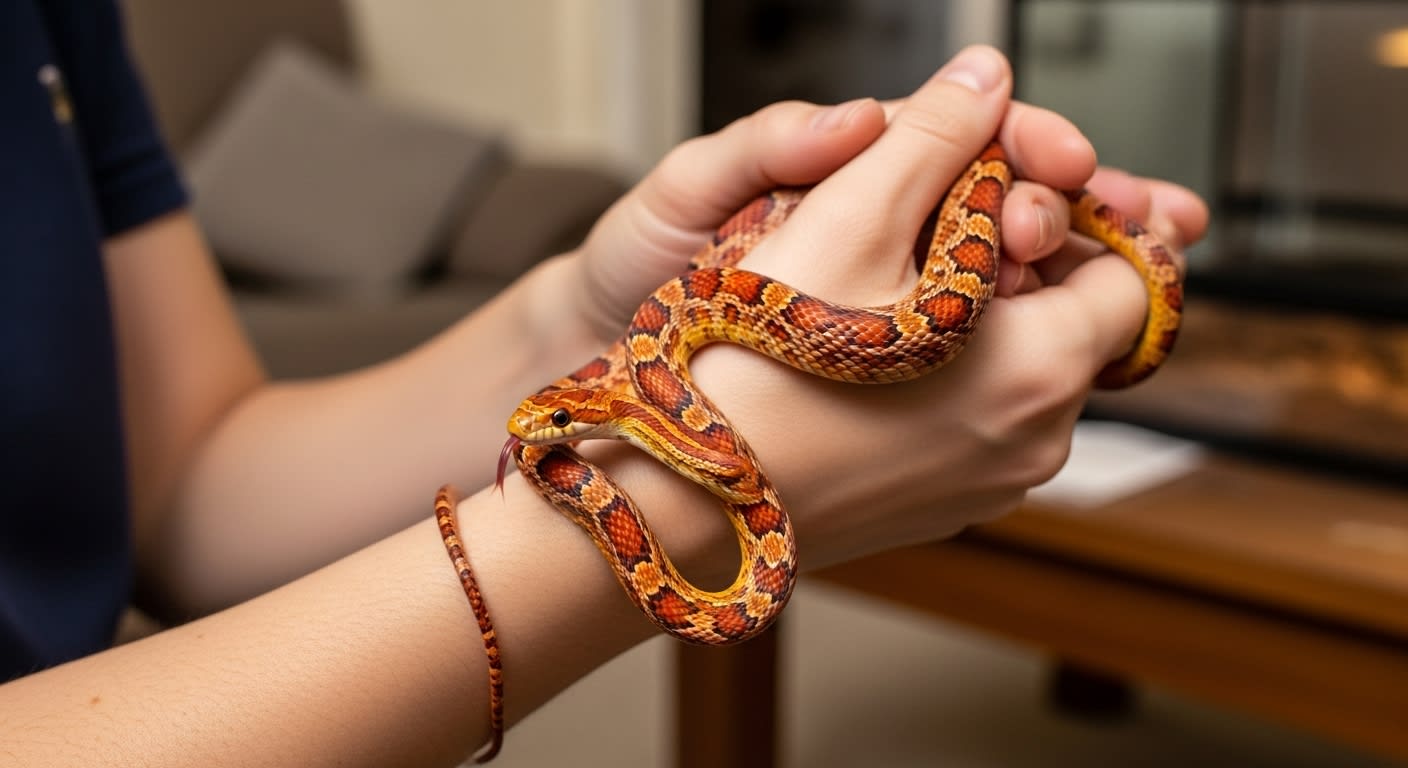Pet Health & Veterinary Care
Understanding Canine Oral Papillomas: What Every Pet Owner Needs To Know
What Are These Growths in My Dog’s Mouth?
When Mrs. R brought in her bubbly dog Sandy, she was understandably worried. Sandy had developed multiple strange growths along her gums, lips, and tongue, and though she was eating and behaving normally, her mouth occasionally bled. Like many concerned pet parents, Mrs. R had questions:
What are these lumps in my dog’s mouth?
Are they painful?
Are they contagious—to humans or other pets?
Is it cancer?
What treatment options are available?
Suppose you’ve noticed similar signs in your own pet. In that case, this comprehensive guide will walk you through everything you need to know about canine oral papillomas, including causes, symptoms, treatment, and prevention.
What Are Canine Oral Papillomas?
Oral papillomas, also referred to as canine warts, are benign viral growths found in or around a dog’s mouth. They are caused by the canine papillomavirus (CPV)—a virus that primarily affects young dogs or dogs with weak immune systems. These growths can appear:
- On the lips
- Around the tongue
- On the gums
- Inside the throat
What Do Oral Papillomas Look Like?
Small, cauliflower-shaped lumps
Ranging from white to pink in color
Often multiple in number, though sometimes solitary
Small, cauliflower-shaped lumps
Ranging from white to pink in color
Often multiple in number, though sometimes solitary
They may look alarming, but in most cases, they are not painful and not cancerous. Not sure what's on your dog's mouth?
Consult a Vet
Do Oral Papillomas Hurt My Dog?
In general, oral papillomas are painless. However, issues may arise if:
The warts multiply and interfere with eating or swallowing
Your dog chews on a wart, causing bleeding or infection
They develop secondary bacterial infections, leading to bad breath (halitosis) or drooling (hypersalivation)
The warts multiply and interfere with eating or swallowing
Your dog chews on a wart, causing bleeding or infection
They develop secondary bacterial infections, leading to bad breath (halitosis) or drooling (hypersalivation)
If your dog shows signs of reluctance to eat, discomfort, or excessive bleeding, it’s time to consult your vet.
RECOMMENDED ARTICLES:
How Do Dogs Get Oral Papillomas?
The canine papillomavirus is highly contagious among dogs. It spreads through:
Direct contact (licking, grooming, or nuzzling)
Contaminated surfaces (shared water bowls, toys, or feeding dishes)
Direct contact (licking, grooming, or nuzzling)
Contaminated surfaces (shared water bowls, toys, or feeding dishes)
Why Are Puppies More Vulnerable?
Young dogs are particularly susceptible because their immune systems are not fully developed. Once exposed, the virus incubates for 4–8 weeks before symptoms appear.
Important Note: Not every exposed dog will develop warts. The virus only takes hold in dogs with a weakened or immature immune response.
Can Humans or Other Pets Get Infected?
Is It Contagious to Humans?
No. The canine papillomavirus is species-specific, meaning it cannot infect humans. So you can breathe a sigh of relief—you won’t catch this from your dog. However, be cautious with hygiene:
- Avoid letting your dog lick your face or mouth
- Disinfect shared surfaces regularly
- Wash your hands after handling an infected pet
What About Other Dogs?
Yes, other dogs can catch the virus, especially in multi-dog homes or public places like:
Dog parks
Kennels
Grooming salons
To prevent transmission:
Isolate infected dogs
Avoid shared bowls, toys, and bedding
Maintain proper cleaning protocols
Symptoms of Canine Oral Papillomavirus
Wart-like growths in the mouth
Halitosis (bad breath)
Drooling more than usual
Slight bleeding from the mouth
Reluctance to chew or eat hard foods
Wart-like growths in the mouth
Halitosis (bad breath)
Drooling more than usual
Slight bleeding from the mouth
Reluctance to chew or eat hard foods
In rare, severe cases, papillomas may block the throat or airway, causing serious health issues.
How Are Canine Oral Papillomas Diagnosed?
Most vets can diagnose by visual examination, especially in younger dogs. If the growths look suspicious or the patient is older, your vet may recommend:
Biopsy (to rule out cancerous tumors)
Viral testing (to confirm papillomavirus)
Early diagnosis helps you avoid unnecessary stress and ensures the right management plan is followed.
Find a Vet among our qualified providers or simply signup to Talk to a Vet Now
Treatment for Canine Oral Papillomas
Do Papillomas Go Away on Their Own?
Yes, in most cases, oral papillomas will resolve naturally within 1–5 months as your dog’s immune system strengthens and fights off the virus.
When Is Medical Intervention Needed?
Veterinary treatment may be required if:
- Your dog shows signs of secondary infection
- The papillomas cause difficulty eating or breathing
There is excessive bleeding
Veterinary Options Include:
Surgical removal (especially if warts are obstructing airways)
Cryotherapy (freezing off the warts)
Antiviral medications (to boost immune response)
Antibiotics (to treat secondary infections)
Surgical removal (especially if warts are obstructing airways)
Cryotherapy (freezing off the warts)
Antiviral medications (to boost immune response)
Antibiotics (to treat secondary infections)
Home Care Tips for Pet Owners
Keep your dog’s mouth clean
Provide soft foods to avoid trauma
Disinfect toys, bowls, and bedding daily
Limit contact with other dogs until resolved
Keep your dog’s mouth clean
Provide soft foods to avoid trauma
Disinfect toys, bowls, and bedding daily
Limit contact with other dogs until resolved
How to Prevent Oral Papillomas in Dogs
While there's no guaranteed prevention, here’s how to lower your dog’s risk:
1. Boost Immunity
Feed a nutritious, balanced diet
Ensure routine vaccinations
Use vet-approved immune supplements (if recommended)
Feed a nutritious, balanced diet
Ensure routine vaccinations
Use vet-approved immune supplements (if recommended)
2. Practice Good Hygiene
Wash food and water bowls daily
Avoid communal dog dishes in parks
Regularly clean chew toys and grooming tools
Wash food and water bowls daily
Avoid communal dog dishes in parks
Regularly clean chew toys and grooming tools
3. Be Cautious in Dog Parks
Avoid bringing puppies or immunocompromised dogs to crowded areas
Supervise playtime to prevent shared saliva contact
Avoid bringing puppies or immunocompromised dogs to crowded areas
Supervise playtime to prevent shared saliva contact
4. Regular Vet Visits
Early detection is key—regular dental and wellness exams help catch issues before they become serious.
Early detection is key—regular dental and wellness exams help catch issues before they become serious.
Is Canine Oral Papilloma Cancer?
This is a common concern for dog owners. The good news is:
Canine oral papillomas are benign, meaning they are not cancer
In extremely rare cases, long-standing warts can become cancerous, but this is not the norm
If the growth looks irregular, large, or persistent, your vet may recommend a biopsy for peace of mind
Don’t Panic—But Don’t Ignore It
Canine oral papillomas may look scary, but they’re often harmless and temporary. Dogs like Sandy, who seem otherwise healthy, usually bounce back with minimal intervention.
Key Takeaways:
Caused by canine papillomavirus
Common in young or immunocompromised dogs
Usually painless and self-resolving
Not contagious to humans
Proper hygiene and vet guidance can make recovery smoother
Talk to a Vet – Same-Day Online Consultations Available
Worried about strange growths in your dog’s mouth? Don’t guess—get professional help fast.
👉 Book a Same-Day Online Vet Consultation
👉 Learn More About Oral Health in Dogs
Frequently Asked Questions About Canine Oral Papillomas
How long do oral papillomas last in dogs?
Most resolve in 1 to 5 months without treatment.
Should I isolate my dog with papilloma?
Yes, isolate your dog until the papillomas disappear to prevent spreading it to other dogs.
Are there vaccines for canine papillomavirus?
Currently, no commercial vaccine exists. Boosting immunity is the best defense.
Can my senior dog get papillomas?
It’s rare, but possible—especially if their immune system is compromised.
Do papillomas always need to be removed?
No, only if they are obstructive or infected. Most regress naturally.
Animal Health & Blogs

21 October 2025
0 likesSnake farming in Africa is gaining traction ...
Read More
21 October 2025
0 likesAs interest in Read More

20 October 2025
0 likesReptile pet ownership in Nigeria is becoming more popular as animal lovers look for unique, fa ...
Read More